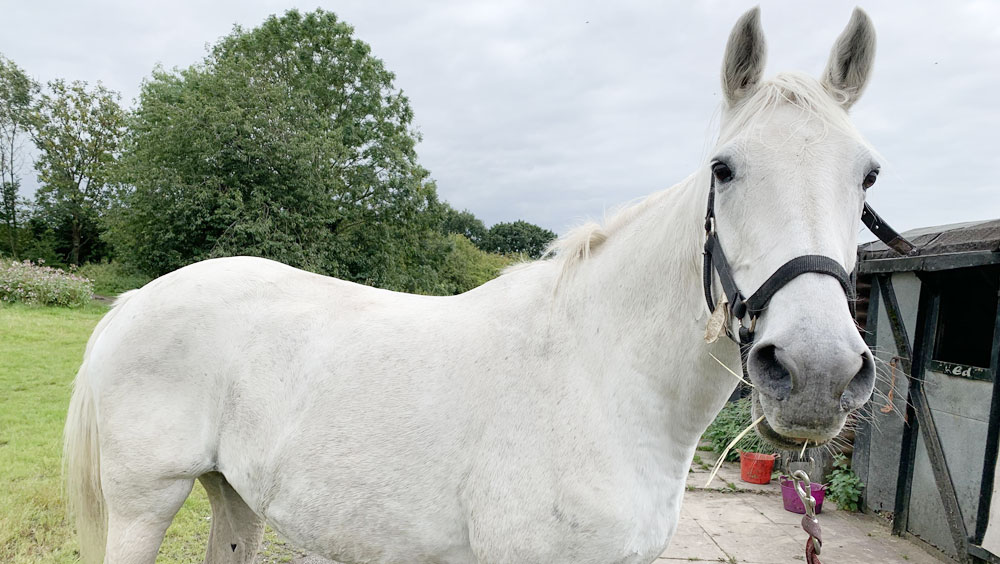Having adequate land for horses is an important factor to consider when deciding how much land to provide. Horses need space to exercise and graze, and how many acres of land are needed will depend on a few different factors. These include the type of horse, how many horses you have, and any specific activities that are planned for the horse such as riding or racing.
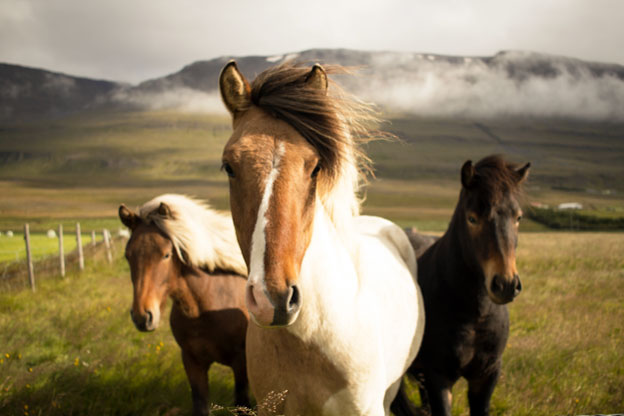
Factors Influencing Horse Land Requirements
Horse's Size and Breed
When determining ample land for horses, it's important to consider their size and breed. Different horses have varying exercise and grazing land needs, which will affect the space requirements. For example, larger breeds like draft horses graze on more land compared to smaller breeds like miniature horses.
The size and activity level of the horse should also be taken into consideration. More active and energetic horses will require larger spaces to exercise and burn off energy. It's important to provide enough room for horses to run, play, and socialize with other horses. Too many horses in a limited space can lead to health issues and behavioral problems.
Additionally, some breeds may have specific needs or characteristics that should be considered. For instance, certain breeds may have a higher metabolism and adequate forage or grazing space to maintain their weight.
Type of Horse Activity
When considering how much land you need for a horse, it's essential to take into account the type of horse activity you have in mind. Different horse activities require distinct land requirements for pasture grazing, exercise, and training.
For riding horses, ample space is necessary for riding and training. A general rule of thumb is to have at least one to two acres per horse for this type of activity. This will allow for proper land management, including pasture rotation and maintaining vegetative cover.
Working horses, such as those used for ranching or competitions, may require even more space for their activity. These horses need larger areas to run, perform tasks, and practice their skills. A larger acreage, around 2 to 5 acres per horse, is often recommended to provide ample space for exercise and training.
Retired horses, on the other hand, have different needs. While they may not be as active as riding or working horses, they still require enough space to roam and graze. A minimum of 1 acre per horse is usually sufficient for retired or companion horses.
Grazing and Feeding Habits
Understanding the grazing behavior and dietary needs of horses is essential when determining the amount of land needed for these animals. Horses are natural grazers and require access to fresh grass for proper nutrition. They have a unique digestive system that requires them to eat small amounts of food throughout the day.
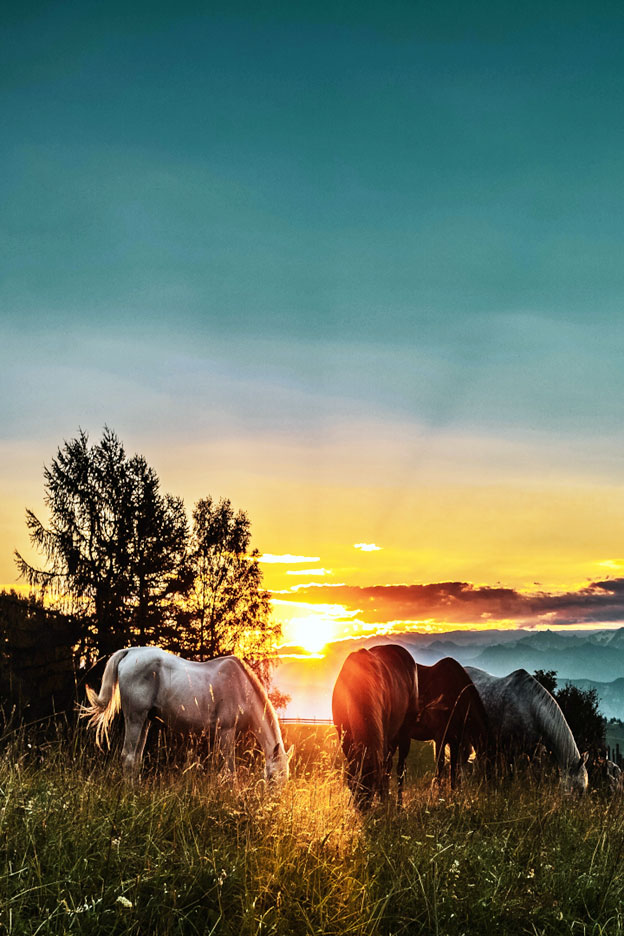
To meet their dietary needs, it is crucial to plan for rotational grazing. This involves dividing the land into smaller pastures and allowing the horses to graze in one area while resting in another. Rotational grazing helps prevent overgrazing and allows the grass to regrow, providing a continuous source of forage.
In addition to grazing, horses may require supplementary feeding areas. This can include feeding hay or grain to ensure they receive the necessary nutrients. These feeding areas should be separate from the grazing pastures to avoid competition and potential health issues.
Considering the grazing and feeding habits of horses, it is recommended to allocate at least 1 to 2 acres per horse. This allows for proper pasture rotation and ensures that there is enough fresh grass for the horses to graze on. However, factors such as the type of horses, forage conditions, and management methods may influence the specific acreage required.
Determining the Minimum Land Size
General Guidelines
According to common standards, it is recommended to allocate at least 1 to 2 acres of land for one horse. This allows sufficient space for grazing, roaming, and exercise, as well as facilitates proper rotational grazing practices. Rotational grazing involves dividing the land into smaller pastures, enabling horses to graze in one area while allowing others to regenerate. This prevents overgrazing and ensures a continuous source of fresh grass.
However, it is important to recognize that individual horse needs may vary from these general guidelines. Factors such as horse breed, energy requirements, and land conditions can influence the amount of land required. Larger horse breeds or those with higher energy needs may require additional space for exercise and grazing. Similarly, limited vegetative cover or reliance on supplementary feeding may necessitate increased land allocation for grazing.
Additionally, the type and quality of forage available should be considered. Certain forages may provide more nutritional value and require less acreage per horse. The weight and age of the horse should also be taken into account, as mature horses consume more forage than miniature or young horses.
Shelter and Facilities
In addition to the land required for grazing, it is also essential to allocate space for shelters, stables, and other necessary facilities for horses. These structures provide protection from harsh weather conditions and offer a comfortable living environment for the horses.
When determining the amount of space needed for shelters, it is important to consider the number of horses being housed. Each horse should have access to a separate stall or shelter space to ensure their safety and well-being. The size of the stalls or shelters can vary depending on the size and breed of the horse, but it is generally recommended to provide a minimum of 12 feet by 12 feet per horse.
Along with shelters, easy access to water, feed, and areas for veterinary care is crucial. This includes providing adequate space for water troughs or automatic waterers, hay or feed storage areas, and designated spaces for veterinary visits or treatments.
Proper planning and management of these shelter and facility areas are essential for the overall health and well-being of the horses. Regular cleaning and maintenance of the shelters, ensuring a constant supply of clean water and quality feed, and arranging for routine veterinary care are all part of responsible horse ownership.
Managing Land and Horse Well-Being
Rotational Grazing
Rotational grazing is a beneficial management practice that involves dividing available land into smaller grazing areas and periodically rotating horses between them. This method offers several advantages for both the horses and the health of the pasture.
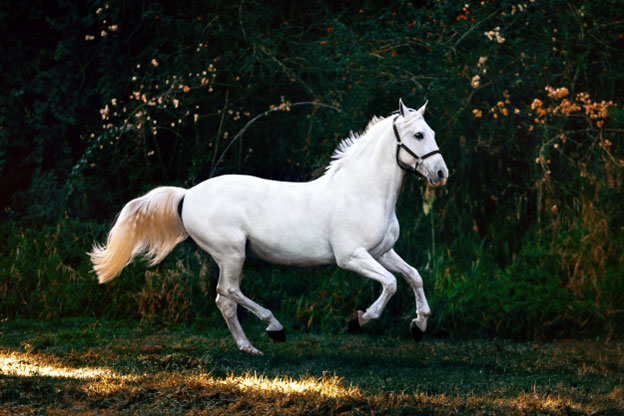
One major advantage of rotational grazing is the prevention of overgrazing. By systematically moving horses to different areas, each grazing area has time to rest and recover before being grazed again. This allows the grass to regrow and replenish, ensuring a constant supply of fresh and nutritious forage for the horses. Overgrazing can lead to reduced vegetative cover, poor pasture health, and limited grazing space, which can negatively impact both the horses' diet and the sustainability of the land.
Additionally, rotational grazing helps improve pasture health. Giving each grazing area a period of rest allows the vegetation to strengthen and develop deeper root systems. This promotes a healthier and more productive pasture, with improved forage conditions. It also helps prevent soil erosion and ensures proper nutrient cycling, ultimately benefiting the overall health of the land and the horses' well-being.
By implementing rotational grazing, horse owners can optimize the use of their available land, provide a more diverse diet for their horses, and maintain a healthy and sustainable pasture system. Regularly monitoring the condition of the pasture, adjusting the rotation schedule as needed, and practicing proper land management techniques will further enhance the benefits of rotational grazing for both the horses and the land.
Enrichment and Exercise
Enrichment and exercise are crucial aspects of horse care, and providing ample space for these activities is essential. When determining how much land you need for a horse, it's important to consider not only the space required for grazing but also the areas dedicated to enrichment and exercise.
Incorporating varied terrain and obstacles within the horse's living environment can provide mental and physical stimulation. This can include hills, streams, and natural barriers, which help simulate a more natural environment. Giving horses the opportunity to navigate through different terrains can promote agility, balance, and overall fitness.
Planning for riding arenas, round pens, or trails on your property can also contribute to a horse's exercise routine. These spaces provide structured areas for training, lunging, and riding. Riding arenas allow for practicing various equestrian disciplines and patterns, while round pens offer a controlled space for groundwork and training exercises. Trails can provide an opportunity for both mental stimulation and physical exertion, as horses navigate different paths and encounter new sights and sounds.
By providing both grazing areas and designated spaces for enrichment and exercise, you ensure that your horse has the opportunity to lead a healthy and fulfilling life. The specific requirements may vary depending on the type of horse, their energy level, and your management style, but offering enough land for these activities is essential for their overall well-being.
Conclusion
In conclusion, determining the required land size for horses depends on various factors. While there is no one-size-fits-all answer, horse owners must consider the specific needs when keeping horses and provide a suitable living environment.
Responsibility and proper horse ownership are of utmost importance. Horses need ample space to exercise, graze, and exhibit natural behaviors. A rule of thumb is to provide at least one acre of land per horse, but this can vary depending on horse breed, size, and activity level.
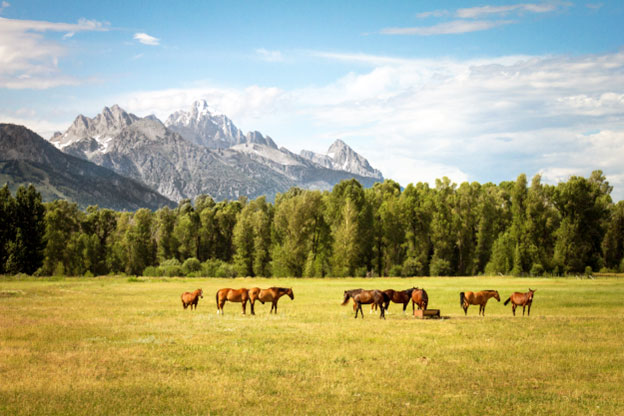
In addition to acreage, it is crucial to have proper land management. This includes considerations such as overall pasture management, vegetative cover, and providing access to fresh grass and forage. Incorporating varied terrain, riding arenas, round pens, and trails can contribute to a horse's mental and physical stimulation.
By providing the necessary space and opportunities for exercise, along with responsible management methods, horse owners can ensure the health and well-being of their equine companions. Remember, a happy and healthy horse thrives in an environment that allows for natural behaviors and meets their daily needs. Once you have managed the land needs of your first horse, you can consider adding more horses to your horse farm.

